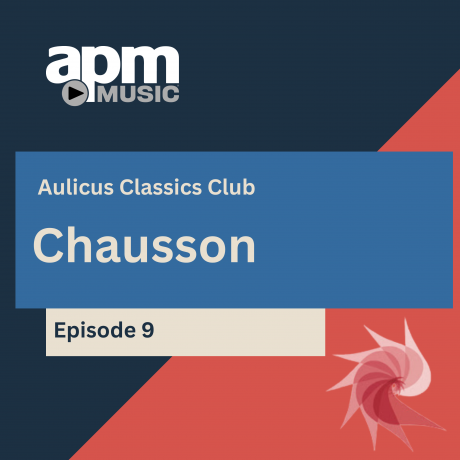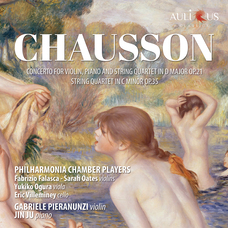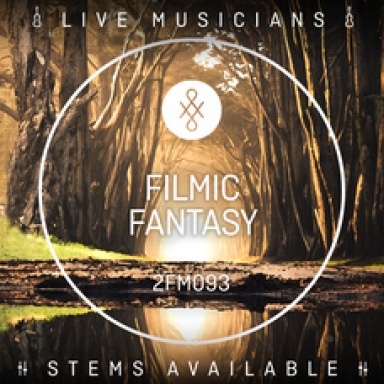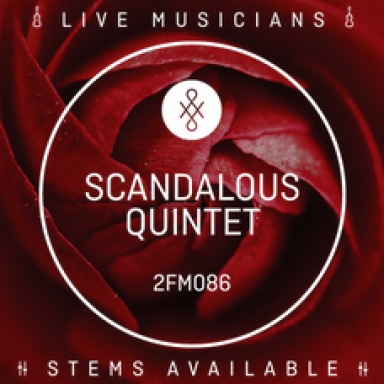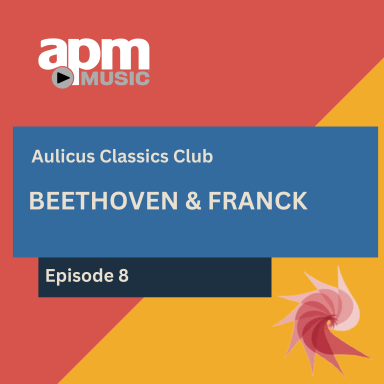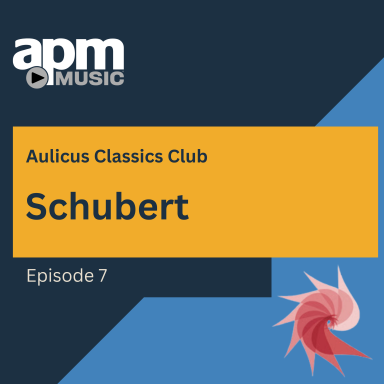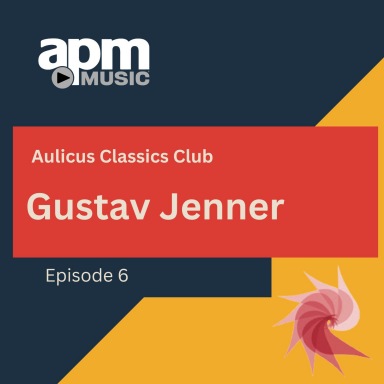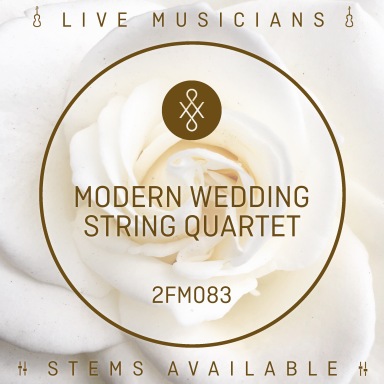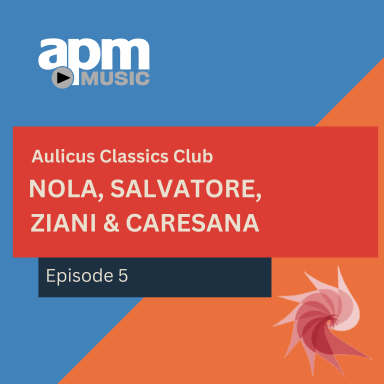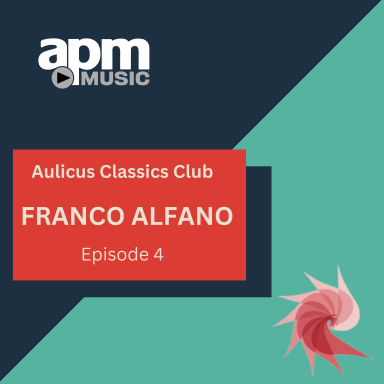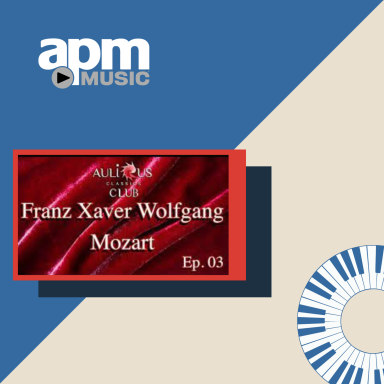Aulicus Classics Club Episode Nine: Chausson
Aulicius Classics Club is a video series created by esteemed Italian music publisher Romano Di Bari and composer/arranger/conductor Stefano Torossi, with a sole purpose of putting a spotlight on the lives of legendary composers and their works. In episode nine, Romano and Stefano highlight the life of Ernest Chausson and the album Chausson, Concerto for violin, piano and string quartet in D Major Op. 21 String quartet in C Minor Op. 35 performed by the Philarmonia Chambers Players composed by Fabrizio Falasca and Sarah Oates (violins), Yukiko Ogura (viola) , Eric Villeminey (cello) assisted by Gabriele Pieranunzi (violin) and Jin Ju (piano) (ALC 0029).
Watch the episode:
Check out the full Aulicus Classics catalog
About Romano Di Bari
- Italian producer and CEO at label Aulicus Classics
- Romano Di Bari founded Flipper Srl Edizioni Musicali in 1972 after having developed his expertise with RCA and later with Ariston during the 60s.
About Ernest Chausson
- Legal Career and Music: Chausson's family had a long tradition of legal careers, and he initially followed suit, studying law and becoming a lawyer. However, his passion for music was strong, and he eventually chose to pursue a career as a composer.
- Mentored by Franck: César Franck, a prominent composer, and organist of the time, recognized Chausson's talent and became his mentor. Franck's guidance and support significantly impacted Chausson's compositional style and helped shape his musical identity.
- Chausson's Unique Style: Chausson's music is characterized by its lush harmonies, expressive melodies, and a profound sense of emotion. The works of Richard Wagner greatly influenced him, and his compositions often feature chromaticism and a rich orchestral palette.
- Cyclical Form: Chausson pioneered the "cyclic form" in music, a technique where a thematic idea recurs and evolves throughout a composition, unifying its various movements. This can be heard in his famous "Poème de l'amour et de la mer" ("Poem of Love and the Sea"), Op. 19.
- Chausson and Symbolism: He was associated with the Symbolist movement, a literary and artistic movement that sought to evoke emotions and ideas indirectly through suggestive and often dreamlike imagery. Chausson's music often reflects this Symbolist aesthetic, imbuing his works with introspection and mystery.
- Influence on Later Composers: Chausson's music profoundly influenced subsequent generations of composers, including Maurice Ravel and Claude Debussy. Ravel, in particular, admired Chausson's use of harmony and orchestration, which can be seen in Ravel's compositions.
- Fatal Bicycle Accident: Chausson's life was cut short when he died in a cycling accident. He collided with a brick wall while riding his bicycle and sustained injuries that proved fatal. This accident occurred in the village of Limay, France.
- Posthumous Recognition: Despite his premature death, Chausson's music continued to gain recognition after his passing. His works were championed by other composers and performers, ensuring that his legacy remained alive in the world of classical music.
- Versatility in Composing: Chausson composed in various genres, including orchestral works, chamber music, art songs, and opera. Some of his other notable compositions include the Symphony in B-flat major, Op. 20, and the Piano Quartet in A major, Op. 30.
- Literary Inspirations: Chausson often drew inspiration from literature for his compositions. For instance, his song cycle "Chanson perpétuelle," Op. 37, is based on poems by Charles Cros. Similarly, his opera "Le Roi Arthus" was inspired by the legends of King Arthur.
